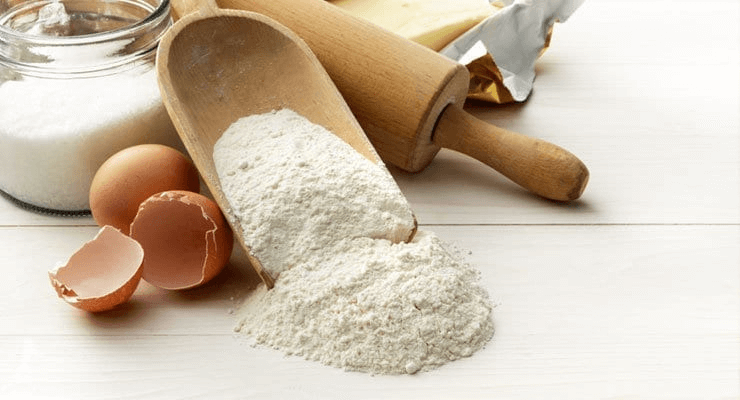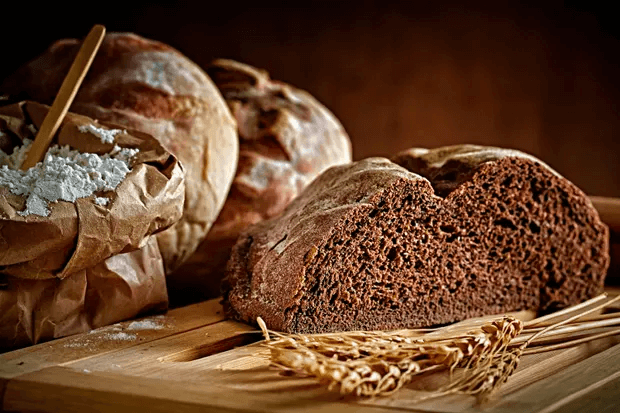Top 5 Challenges Flour Buyers Will Face Post COVID Pandemic

Flour millers globally saw a rapid increase in demand as quarantine and shelter-in-place orders worldwide panicked consumers who started stockpiling flour and other grain-based foods. Millers around the world said they are operating overtime to produce enough flour but are worried about how border closings and quarantine measures could impact the supply of raw materials. Flour is the main ingredient in most baking recipes and the type of flour chosen can make a huge difference in the final product. It’s also useful to consider flour nuances when making substitutions in vegan and high-altitude baking, so understanding flour will help you be your best baker.
#1 Challenge 1: Flour – Extreme Shortage
Extreme shortages of toilet paper, pasta, and other pantry products defined the early weeks of the COVID-19 pandemic for many shoppers around the world. The availability of most of these goods has returned to normal. But flour is still missing from the racks. For most other products vaporized by pandemic demand, supplies are bouncing back. Manufacturers are catching up, or the spike is subsiding. But scooping up a bag of flour still often depends on luck, even as packaged bread and other flour-based processed foods remain abundant. A rise in the number of people who are home baking appears to be contributing to the shortage of flour in supermarkets, although a lack of supply is not the problem.

The shortage of flour was a great problem during the COVID-19 and it is expected that the situation will remain the same even post-COVID-19.
#2 The Freshness And Quality Flour Would Not Be Available To The Customers:
Due to restrictions of the transport facilities, the milled flours are not delivered on time to the respective supermarkets and stores. As it is known that the flour has a limited shelf life, they would easily get spoiled if not sold on time. Flour is often categorized by its level of processing, which affects its shelf life. Generally, flour can stay fresh for 3 to 8 months if stored properly. If not, they can easily get spoiled by critters and other external factors. Therefore, due to limitations on the supply chain, customers would not be able to get fresh flour.

#3 Consumers Would Not Be Able To Buy Flour In Bulk :
Post COVID-19, you could observe people struggling to track down the flour in the supermarket. The unavailability of flour in bulk quantities will force them to buy flour from small retailers or online stores and in extremely small quantities. It’s better to avoid stockpiling so that others have the opportunity to get enough flour for the monthly requirement. Unless supermarkets start stocking larger bags of flour, it is essential to limit purchasing and be mindful of others in need.

#4 Hike In Flour Prices:
Consistent flour buyers would also face difficulties, as it is predicted that there would be an increase in the prices of wheat and flour. This means that consumers will have to burn their pockets even for small quantities of flour. Although, the US flour manufacturing plants are running around the clock to keep supply chains moving. The extra efforts by flour millers are a response to meet the unprecedented demand that has cleaned out grocery shelves of all brands, types, and sizes of the product. They are also finding ways to reduce the prices but it doesn’t seem possible even post COVID-19. The price hike is due to getting raw material, transportation, and timely delivery of the packages.
#5 Slow Down In The Supply Of Raw Material:
To meet the high demand for flour there is a need for a steady supply of wheat to mills and flour to bakeries. Enough supply of raw material will determine the continuing availability of fresh flour in the market. The supply chain must operate on something close to a just-in-time basis with around 3-5 days’ of grain supply at mills; 1-3 days’ worth of flour at mills; 1-2 days’ flour requirement at bakeries; and daily deliveries of bread to supermarkets and other retail outlets. If this is not maintained, people would face a hard time getting flour.
Summary:
According to a survey, the flour milling industry is “working round the clock” seven days a week in an effort to double production, although it is still struggling to meet demand. The issue is not being able to mill enough flour, but rather the mills don’t have enough capacity to pack enough of it into bags for supermarkets. Post COVID-19 shoppers will simply have to wait for stock levels to be replenished and for demand to fall. Ultimately, it is critical that all nations acknowledge the necessity of allowing food production to continue and the importance of trade in both grain and ancillary materials such as packaging in the manufacture of food. Flour is at the heart of the food chain, accounting for 20% of the energy and protein in our diets
 Power to The Bakers.
Power to The Bakers.